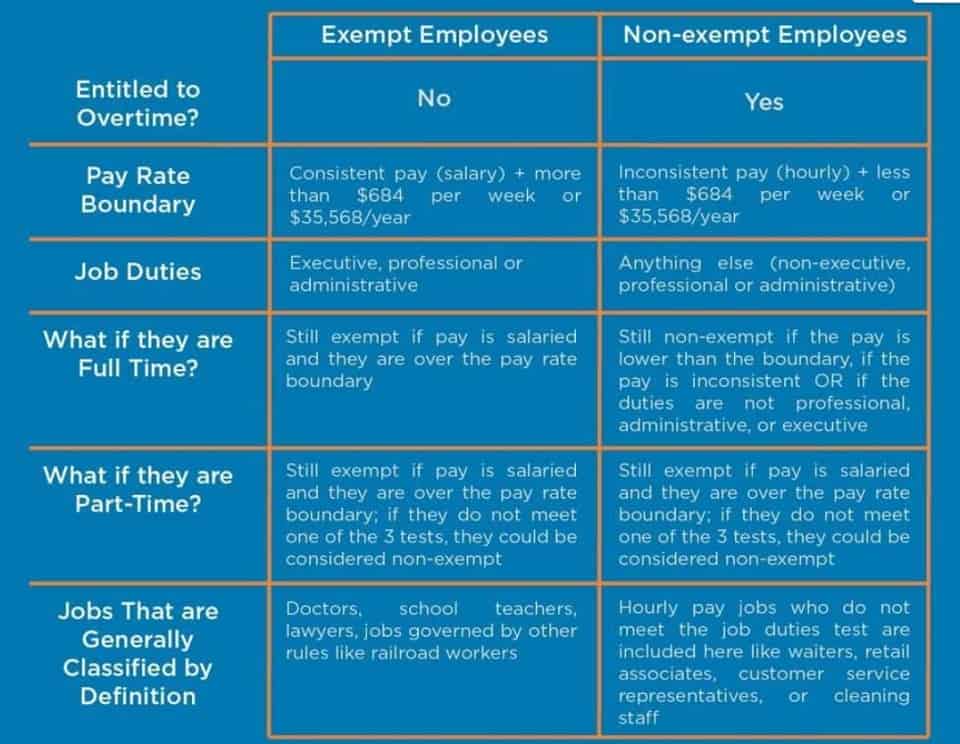Stockholders Equity: Understanding your Company’s Net Worth

The worst part of all this is likely that at some point in the future, Canoo will have to issue shares to cover the convertibles and warrants it is relying on to generate cash today. That means current shareholders could potentially suffer massive amounts of dilution before Canoo gets its business profitable (if it ever manages to). The risk/reward trade-off looks pretty ugly right now, and only the most aggressive investors should be looking at Canoo. To sum up, stockholders equity plays a key role in determining a company’s market valuation and significantly influences multiple financial measures such as the P/B and ROE ratios.
These represent the net earnings a company retains, rather than distributing out to shareholders as dividends. They are essentially the accumulated profits since the inception of the company, minus any distributions made to shareholders. Retained earnings play a significant role in fueling a company’s growth as they can be reinvested back into the company for things like research and development, capital expenditure, or to reduce debt.
Negative Equity Due to Excessive Debt Financing:
If this formula looks very similar to another formula that
you might have seen before, it’s because it is – it is also the same formula as
book value. In a recent episode of the Investing for Beginners Podcast Andrew and Dave take total equity formula a deep dive into the financials for Starbucks and specifically key in on Negative Shareholders equity. It is not the only metric to consider when performing a financial audit or screening of a company, but it is essential.
- This is the percentage of net earnings that is not paid to shareholders as dividends.
- A typical example of negative shareholder equity is when significant dividend payments are made to investors, which erode the retained earnings and make the equity of the company go into the negative zone.
- Bondholders are paid and liquidated before preferred shareholders, born and liquidated before common shareholders.
- Homeowners may find it difficult to refinance their mortgage, as lenders may be unwilling to provide a loan that exceeds the property’s value.
- As such, many investors view companies with negative equity as risky or unsafe.
Besides his extensive derivative trading expertise, Adam is an expert in economics and behavioral finance. Adam received his master’s in economics from The New School for Social Research and his Ph.D. from the University of Wisconsin-Madison in sociology. He is a CFA charterholder as well as holding FINRA Series 7, 55 & 63 licenses. He currently researches and teaches https://www.bookstime.com/ economic sociology and the social studies of finance at the Hebrew University in Jerusalem. Once a company’s leverage ratio is higher than normal, its borrowing abilities shrink and lenders charge even higher interest rates. Getting to this point was no small feat, given that creating an EV company from, effectively, scratch is both difficult and expensive.
What is Negative Equity?
In the event of a liquidation or dividend distribution, preferred shareholders are paid first, followed by holders of common shares. The amount raised by the company by selling shares to investors is referred to as invested capital. In other words, it is the amount of money invested in the company by its shareholders.



































